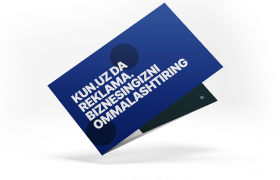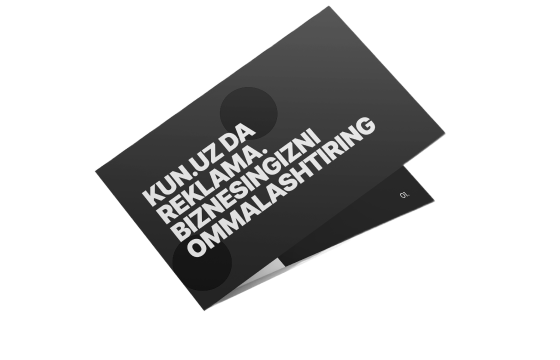Uzbekistan’s national currency turns 30
Thirty years ago today, Uzbekistan’s national currency – soʻm (UZS) – was introduced into circulation.

The Uzbek soʻm is the official national currency of the Republic of Uzbekistan. Although Uzbekistan gained independence in 1991, it wasn’t until three years later that the national currency — the soʻm, which remains unchanged to this day — was introduced and began functioning as the sole legal tender across all regions of the country.
Even after the declaration of independence, the Soviet ruble continued to circulate as the official currency in Uzbekistan. In January 1992, one-time coupons were issued to protect the domestic consumer market and restrict product sales to Uzbek citizens only. On November 15, 1993, after the introduction of the soʻm-coupon, these paper coupons — printed on newspaper stock and stamped by the issuing institution — remained in use until November 22.
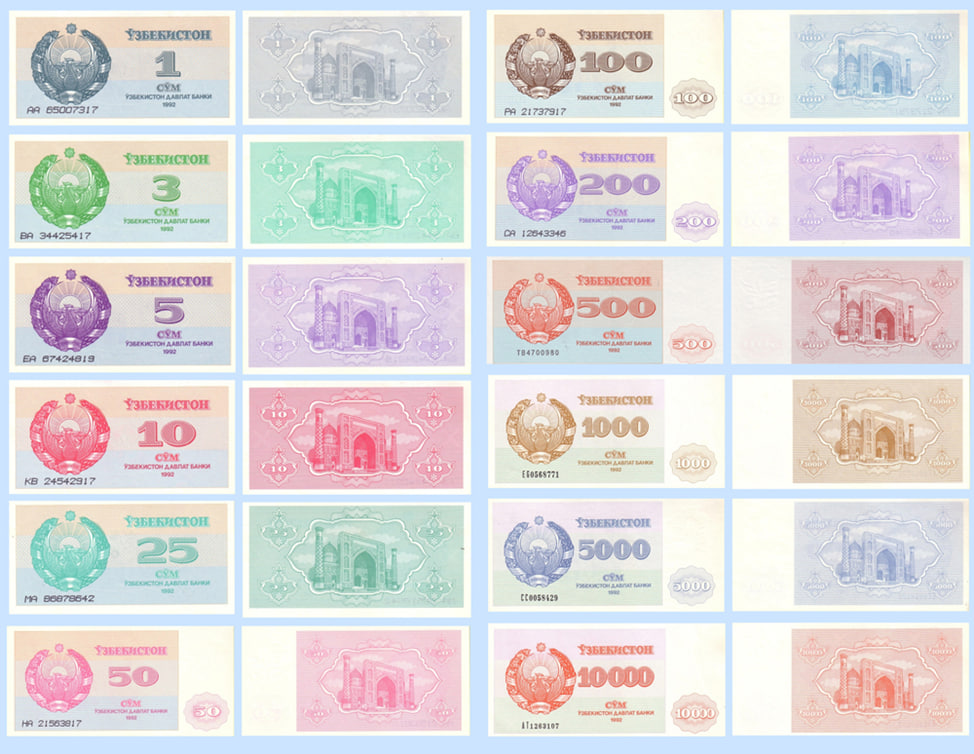
The soʻm-coupon circulated for 9.5 months, and after the soʻm was officially introduced on July 1, 1994, it continued to be accepted until August 1, 1994. The current national currency, the soʻm, was introduced at a conversion rate of 1,000 coupons to 1 soʻm, in accordance with Resolution No. 952-XII of the Supreme Council of the Republic of Uzbekistan dated September 3, 1993, and Presidential Decree PF-870 issued on June 16, 1994.
Today, banknotes in circulation range in denominations from 1,000 UZS to 200,000 UZS. The design and security features of these banknotes are regularly updated.
All banknotes up to 100 UZS, introduced in 1994, were printed by the German firm Giesecke & Devrient. From the 200 UZS note introduced in 1997 onward, all subsequent denominations have been printed by the state-owned enterprise "Davlat Belgisi" in Tashkent.
Banknotes incorporate various security features to prevent counterfeiting, including watermarks, embedded threads, special printing technologies, and holograms.
8 interesting facts about the Uzbek soʻm:
1. The word "soʻm" means "pure" in Turkic languages.
2. The Uzbek soʻm became a convertible currency in 2004.
3. Banknotes printed before 2013 used the Cyrillic alphabet. Since 2013, the Latin alphabet has been used on banknotes.
4. The banknote with the highest face value – 200,000 UZS – was introduced in 2022.
5. Early coins (1994–2001) featured cotton inflorescences.
6. Since 2021, banknotes have incorporated the traditional Khan-atlas fabric pattern as both a decorative and security feature.
7. Uzbekistan began publishing its own official exchange rates on April 16, 1994.
8. On the day the soʻm was introduced into circulation, the value of 1 US dollar on the currency exchange was equal to 7 soʻms.
Doniyor Tukhsinov
Related News
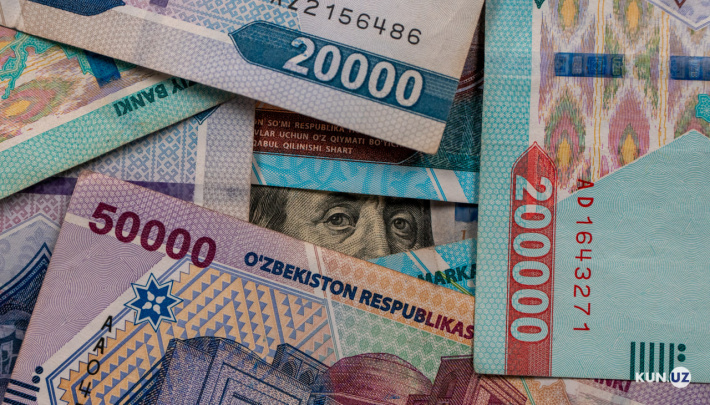
14:42 / 29.05.2025
UZS sees sharp rise against US dollar: Key economic drivers explained
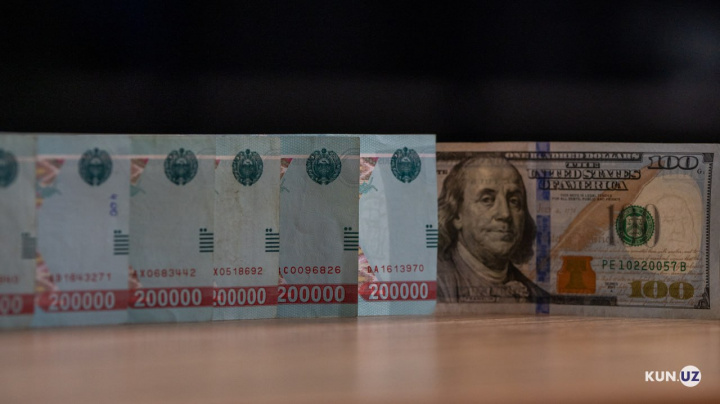
13:07 / 02.04.2025
Central Bank reports moderate strengthening of UZS in early 2025
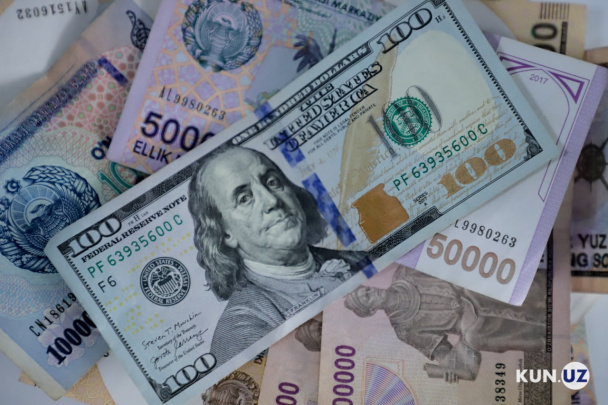
17:18 / 01.02.2025
UZS experienced mild depreciation against US dollar in January 2025

16:19 / 27.01.2025
